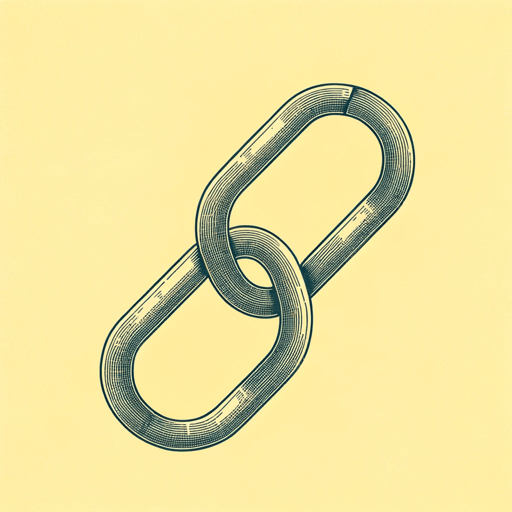41 pages • 1 hour read
Ira BerlinGenerations of Captivity
Nonfiction | Book | Adult | Published in 2003A modern alternative to SparkNotes and CliffsNotes, SuperSummary offers high-quality Study Guides with detailed chapter summaries and analysis of major themes, characters, and more.
Chapter 4Chapter Summaries & Analyses
Chapter 4 Summary: “Migration Generations”
The Second Middle Passage forcibly transported over 1 million slaves in the first half of the 19th century, rupturing black life and relocating the epicenter of slavery to the “Southern Interior” away from the coast (163). The implications were national: Black people left the coastal South for free states or new plantations as far west as eastern Texas while black Northerners ushered in the first free society in the country.
Berlin devotes the longest subsection in the book to an analysis of the Southern Interior that contained cotton and sugar plantations, an area brought under US control with the Louisiana Purchase in 1803 and expanded by the 1848 conquest of Mexican territory. Cotton had a long growing season and “demanded unceasing attention” (176), which lengthened workdays and “dismantled […] independent production” of crops that slaves previously tended for their own gains. Planters organized slaves into gangs supervised by often brutal white overseers.
Sugar cultivation was even more arduous and dangerous, relying on heavy machinery, “a killing pace,” and unrelenting physical labor (180). The Louisiana hinterland, previously a society with slaves that offered the best regional opportunities for robust slave economies and emancipation, transformed into a brutal slave society that contributed to the breakup of thousands of slave families, horrible acts of violence against individual slaves, and increased slave mortality.

